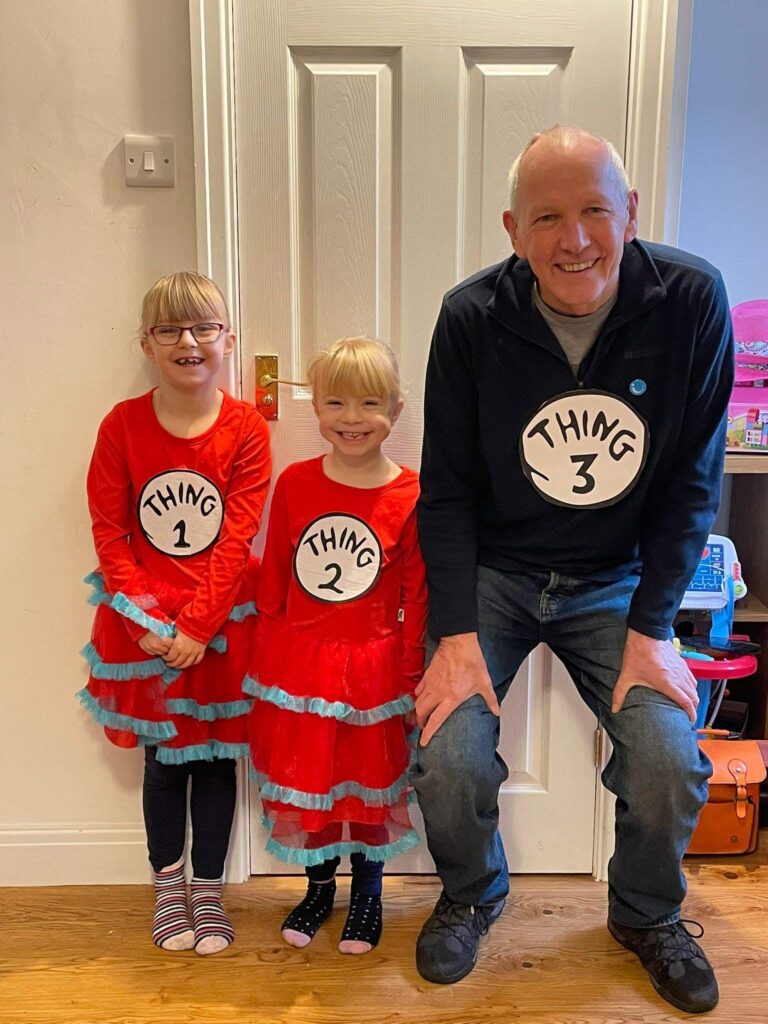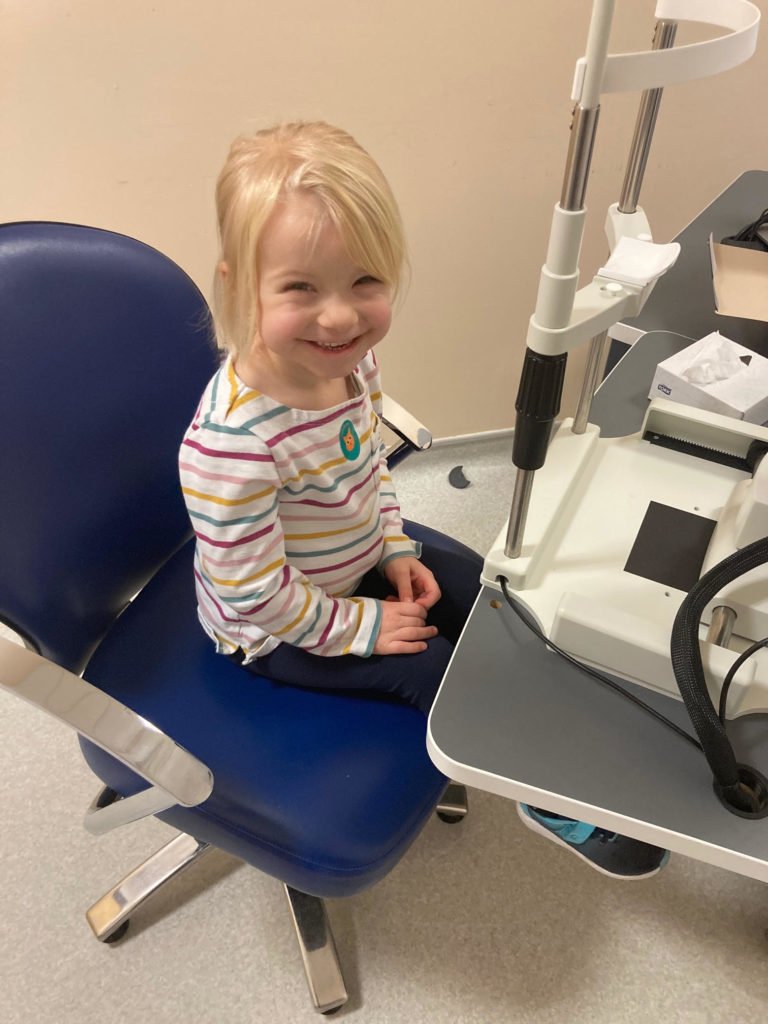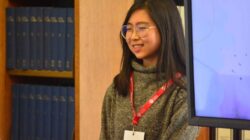Common things are common.. but rare things aren’t as rare as you think by Toni Oduwole

Whilst we wait to hear who the winner and runner’s up are from The Student Voice Prize, we hear from Toni Oduwole who was one of the students paired in the Patient Pairing Programme. Here’s what Toni had to say about their experience.
Introduction
The often-quoted phrase “common things are common” serves as a reminder for medical students to suspect common diagnoses first. However, participating in a patient pairing scheme through the Medics 4 Rare Diseases (M4RD) student essay competition has shed light on the potential drawback of this notion. Although common diagnoses are more likely, patients do present with rare cases and adhering to this conventional mindset may inadvertently discourage medical students from investing in learning about rare diseases. Despite their individual rarity- with the UK Rare Diseases Framework defining a rare disease as affecting fewer than 1 in 2,000 individuals- rare conditions collectively impose a significant burden, impacting 1 in 17 people at some point in their lives (1) . As aspiring medical professionals, it is important for us to broaden our awareness of rare diseases, remain open to considering them, and perhaps most importantly, be sensitive to the unique challenges faced by
individuals living with rare diseases.
Patient Pairing Scheme
The patient pairing scheme connected me with the grandfather of an eight-year-old girl, Ellie, who lives with a rare genetic disease called cystinosis. In 2016, just before Ellie’s first birthday, her mother observed that she was drinking significantly more fluids than her twin sister and was noticeably smaller in size. Although, as non-identical twins, the family knew they would display physical differences, the disparities seemed beyond the typical variation so prompted the doctors to conduct a series of tests. This ultimately leading to a specialist referral to determine the underlying cause of Ellie’s symptoms. Will, Ellie’s grandfather, describes Ellie’s diagnosis as one of luck, attributing this both to the fact that she was identified due to the contrast in features with her twin and that the opportunity to address her excessive thirst arose because Ellie was taken to the doctor
for an unrelated symptom. Additionally, Ellie’s luck extended to her meeting a consultant who had knowledge of cystinosis early in her diagnostic journey- an unusual circumstance within the rare diseases community. This doctor recommended performing the gold standard white blood cell test for cystinosis to which Ellie’s result was diagnostic (2) .
Cystinosis results from a mutation in the CTNS gene which codes for a carrier protein called cystinosin. When this protein becomes dysfunctional, cystine accumulates within the lysosomal compartment of cells. The condition primarily affects the kidneys and so children present with excessive thirst, as in Ellie’s case, but also frequent urination, and dehydration. Eventually it affects all the body organs (3) . When Ellie was first diagnosed, Will sought information and support from the Cystinosis Foundation UK (CFUK) to better understand her condition. In 2020, he assumed the role of a CFUK board member, using his newfound knowledge to educate healthcare workers about cystinosis at medical conferences (4) . Will’s involvement in the M4RD patient pairing scheme started in 2021, and since he has connected with medical and science students across the country, allowing him to share his story widely and encouraging his students to do the same.
Connecting with Will and hearing his family’s story has been transformative to my medical education. I strongly recommend that every medical student consider applying to the M4RD patient pairing programme, an experience that undeniably enhances qualities as a more well-rounded and empathetic future doctor.
– Toni Oduwole

Reflections
My conversation with Will prompted me to reflect on my exposure to rare diseases throughout my medical studies thus far. Despite studying in London, where the diverse patient population and specialist centres increase the likelihood of encountering rare diseases, I can count only a handful of experiences in which I have encountered this often-overlooked patient group. Learning about rare diseases during clinical placements is a matter of luck, based on which patients are admitted, and varies greatly depending on hospital’s location. Further, gaining a deep understanding of a patient’s journey is often impractical in clinical settings due to time constraints or the patient’s health condition, which hinders the capacity for extensive conversations. Teaching on rare diseases is informally classified as “low yield” since these conditions contribute only a few marks in the applied
knowledge test (AKT), the written exam, and often do not feature in the clinical and professional skills assessment (CPSA), the practical exam. The modification to the UK Foundation Programme in 2023, discontinuing the use of the education performance measure (EPM) in the allocation process, has diminished the importance of the academic decile (10). This change may further reduce student engagement in learning about rare disease, as passing might be prioritised over achieving high scores, devaluing knowledge considered “low yield”.
Participating in the patient pairing programme offered a unique perspective on the patient journey, providing insights into the profound impact of long-term conditions on various aspects of a patient’s life. A 2022 study involving 1231 patients and 564 carers affected by rare diseases revealed that over 90% of respondents experienced anxiety, depressed, or stress due to their condition. Lack of awareness among healthcare professionals about their condition emerged as significant source of anxiety (5) . Ongoing research advancements, coupled with a political commitment to better support rare diseases patient as outlined in the 2021 UK Rare Disease Framework, suggests an increasing emphasis on rare diseases in future medical practice (1) . This underscores the need for a standardised and formal incorporation of rare disease education in medical curricula, ensuring
proportional representation.
Connecting with Will and hearing his family’s story has been transformative to my medical education. I strongly recommend that every medical student consider applying to the M4RD patient pairing programme, an experience that undeniably enhances qualities as a more well-rounded and empathetic future doctor.

- Care DoHS. The UK Rare Diseases Framework 2021 [January 6th 2024]. Available
from: https://www.gov.uk/government/publications/uk-rare-diseases-framework/the-uk-
rare-diseases-framework. - Gahl WA, Thoene JG, Schneider JA. Cystinosis. N Engl J Med. 2002;347(2):111-21.
- Elmonem MA, Veys KR, Soliman NA, van Dyck M, van den Heuvel LP, Levtchenko E.
Cystinosis: a review. Orphanet J Rare Dis. 2016;11:47. - UK CF. Trustees [Available from: https://www.cystinosis.org.uk/our-
charity/trustees/. - NHS. Educational Performance Measure (EPM) Framework 2024 [cited 2024 January
6th 2024]. Available from: https://foundationprogramme.nhs.uk/faqs/educational-
performance-measure-epm-faqs/.
The sponsors for The Student Voice Prize are emotive a leading healthcare communications agency.
Emotive are part of the wider Synpatiq Health family with offices in the UK, USA and Switzerland. With a team of more than 70 experts, emotive works to deliver impactful campaigns that have a positive impact on people’s health. The team have significant expertise in multiple therapy areas, rare diseases and advanced therapies. emotive continues to inspire change by driving advocacy and uptake of life-changing products, brands and services. chat@emotiveagency.com



